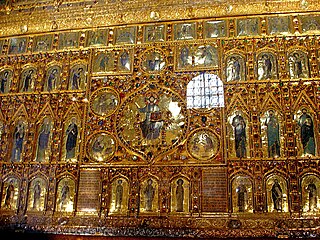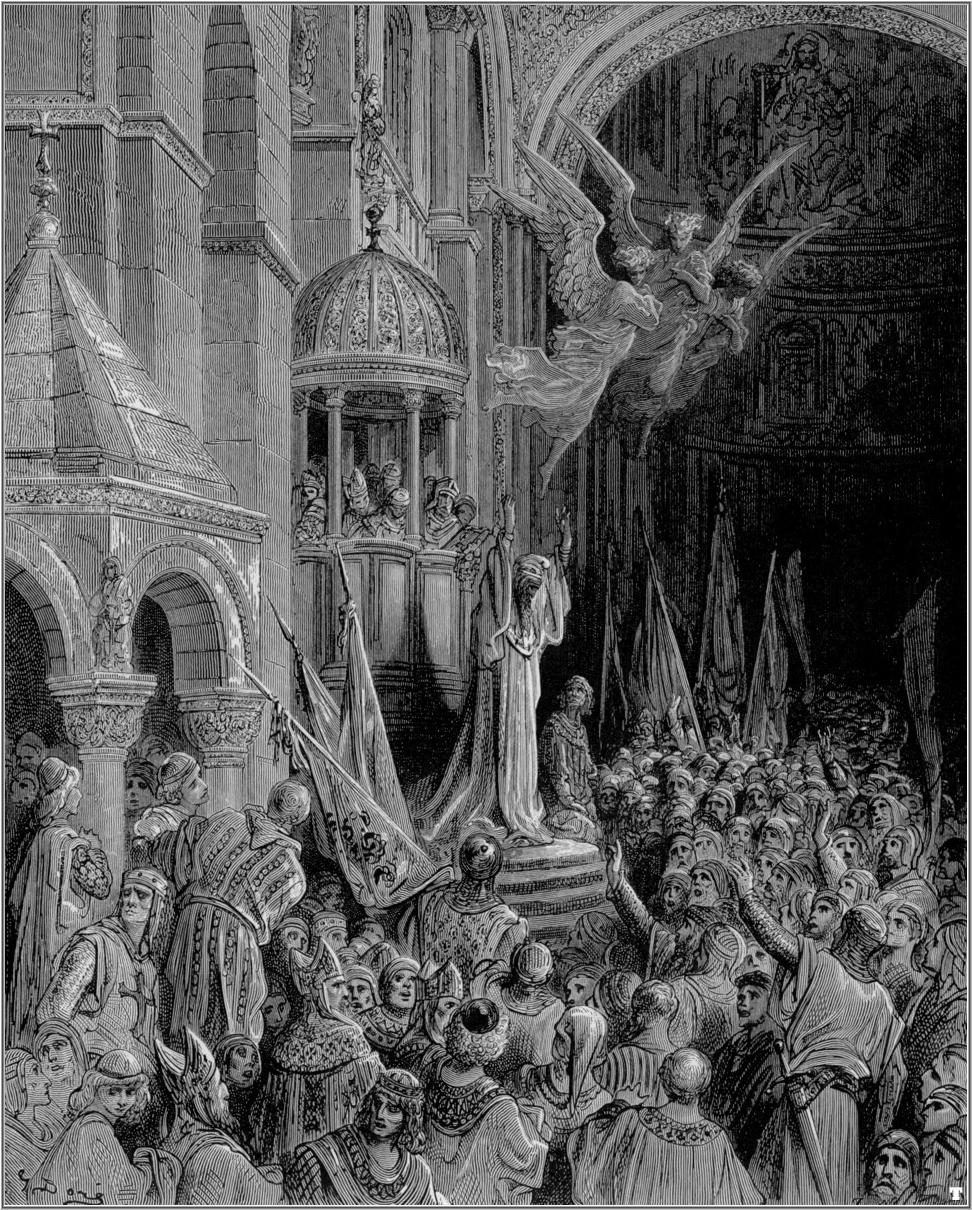Basilica of the Holy Apostles – more formally known as The Church of the Holy Apostles, this was an Eastern Orthodox basilica originally built in the 4th century in Constantinople, which was then the capital of the Eastern Roman Empire. It had several additions and changes by the following emperors and only the Hagia Sophia was a more important church in the empire. However, in 1461 in was destroyed be the Ottomans to make way for the Fatih Mosque.
Mosque – A place of worship for followers of Islam. There a strict requirements a mosque has to meet as described in Sunni figh. Places of worship for Muslims which do not fulfill this strict requirements are considered musallas. The first mosque was Mecca but today there are mosques all over the world.
Head of Carmagnola – A red porphyry head in the Basilica di San Marco which is associated with Francesco Bussone, or Carmagnola, who was found guilty of betrayal and decapitated in 1432. Due to the custom his head is supposed to have remained open to view by the public, so that according to this popular legend this sculpture is seen as the head of Carmagnola. However, there has been a lot of research concerning this issue and the most accredited theory is that it is actually the Justinian I, who was the last emperor of the Eastern Roman Empire.Gustave Doré – a French artist, engraver, and sculptor, who lived from 1832-1883 and as mostly known for his wood engravings. He has also made illustrations for Don Quixote, the English bible and new editions of Dante’s Divine Comedy among other works.
Enrico Dandolo – the 42nd doge of Venice, who ruled from 1192-1205. Born in 1107 he was already very old and also blind when he became the doge, but he still had great mental and physical strength. He was also one of the leaders of the Fourth Crusade and was the main financial backer and is known for playing a major role in sacking Constantinople in 1204. In 1205 he died and as buried in the Hagia Sophia in Constantinople. However, his tomb was destroyed in 1453. In the 19th century a restoration team out a cenotaph marker at an location they estimated was probable to have been the original location of the tomb.
Author: Anselm Coogan



